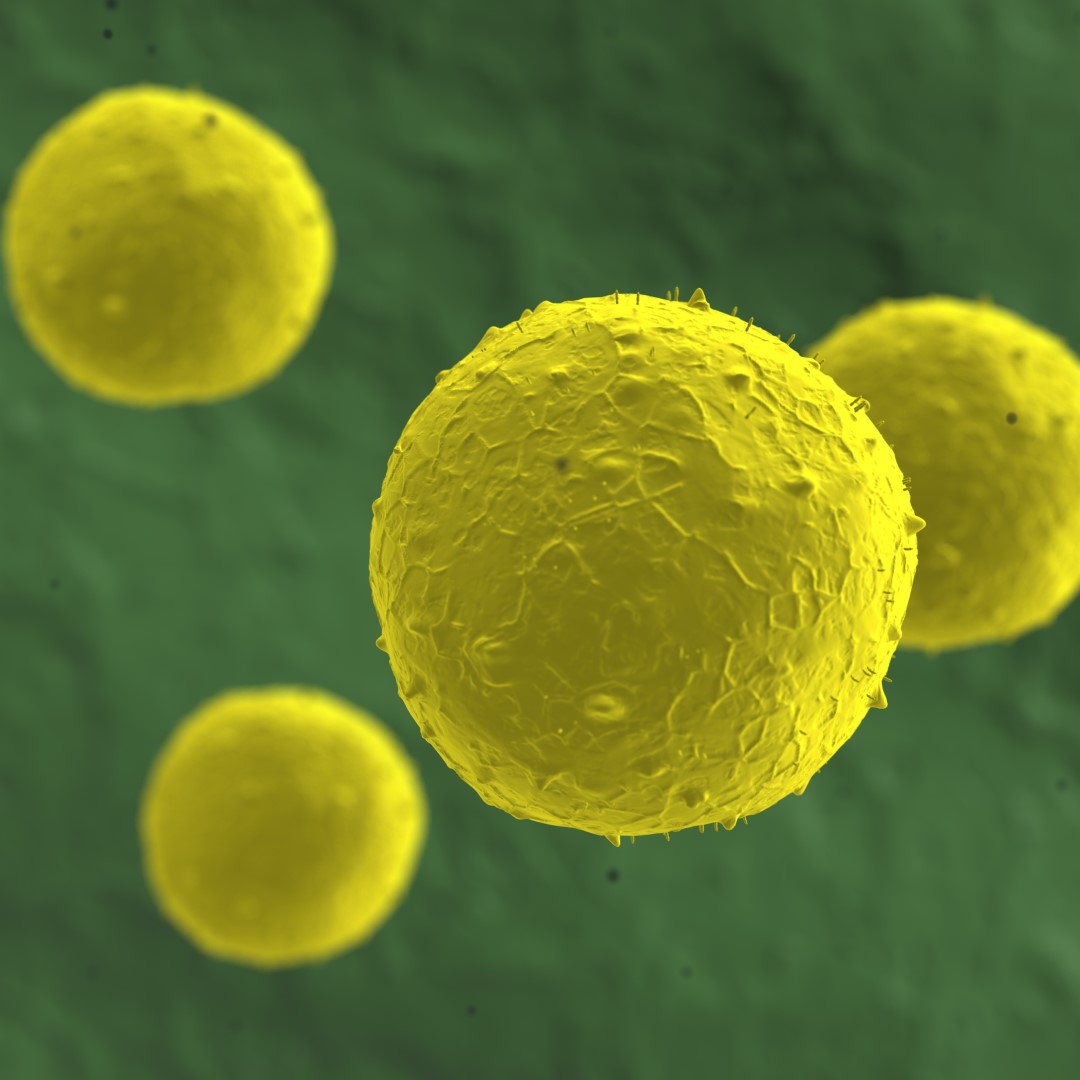
UVA Heath Discovery Reveals Potential Key to Reversing Hair Loss
On Feb. 19, 2025, researchers led by University of Virginia’s (UVA) Lu Q. Le, MD, PhD, announced they have discovered that a previously under-appreciated stem cell population in the upper and middle sections of the hair follicle is essential for hair growth.
When these cells are depleted, hair growth stops. That suggests that replenishing or activating these stem cells could restore hair growth, the researchers report. These malleable stem cells in the upper- and mid- hair follicle region are early ancestors of our hair, Le’s team found. That upends the long-accepted belief that hair growth begins with stem cells in an area near the bulbous base of the follicle technically known as “the bulge.”
Each of the millions of hairs on our bodies grows from an individual follicle, like a tulip grows from a bulb. Le’s research casts new light on how these follicles form. The bulge above the bottom of the follicle, Le found, develops from stem cells located closer to the surface of our skin.
The stem cells – cells that can turn into other types of cells -– continue to play an essential role in hair growth after the follicle is established, the researchers discovered. Positioned along the hair shaft beneath the surface of the skin, the stem cells move downward to nourish and resupply the bulge at the follicle’s base. These cells serve as the earliest raw material for hair formation, Le and his collaborators believe.
In their lab tests, the researchers found that depleting these stem cells at certain times halted hair growth. That speaks to their essential role in hair formation and to their potential role in hair loss.
Based on their findings, Le and his team believe that keeping the stem cells active to ensure the follicle has adequate supply for hair growth could, with further research, offer a new way to combat hair loss. They are continuing their investigation but excited by the possibilities.
The findings were published in the Journal of Clinical Investigation
Tags:
Source: University of Virginia Helath
Credit:
